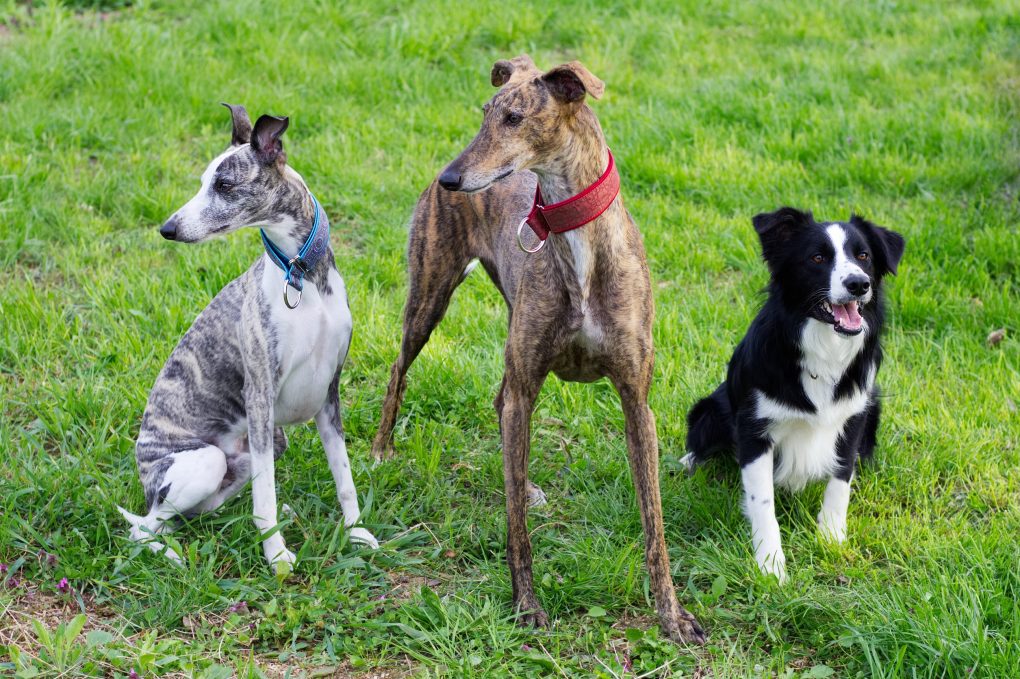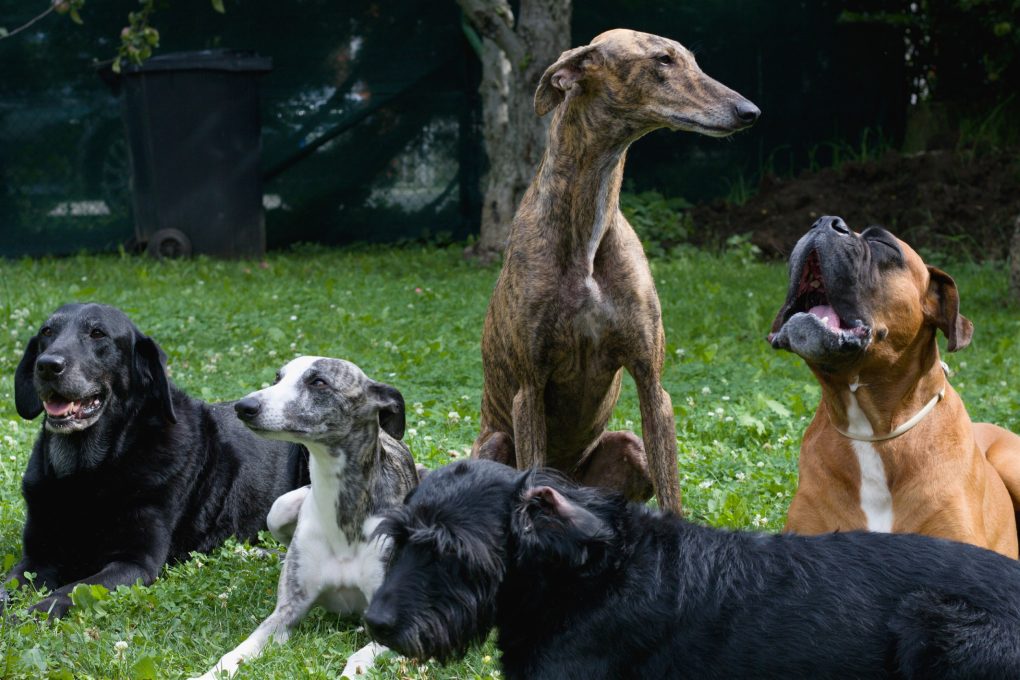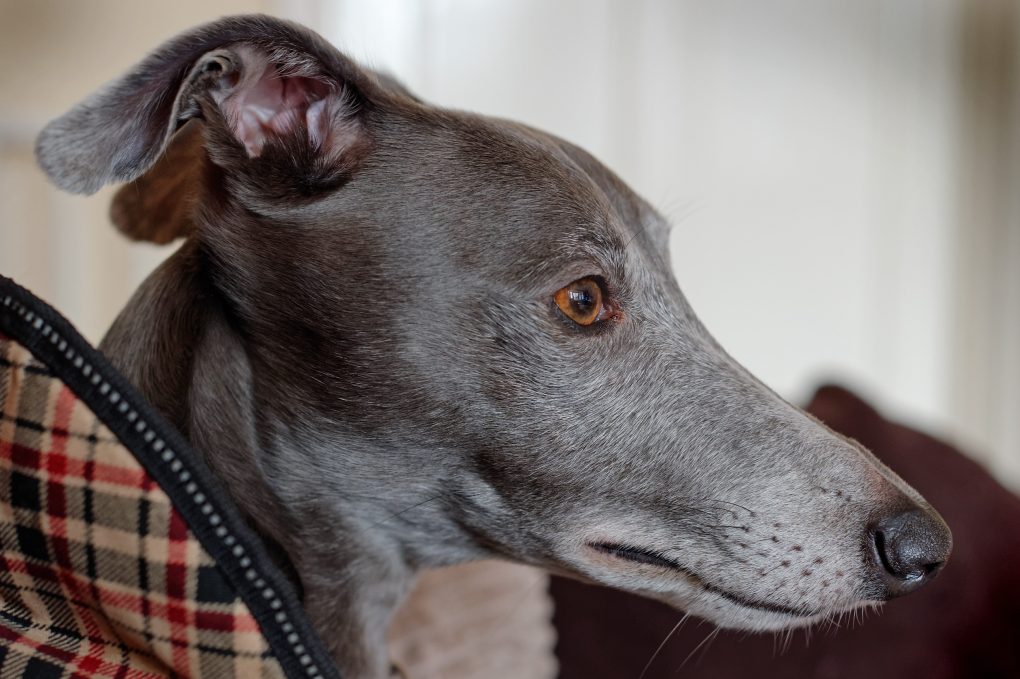Can Whippets Live With Small Dog: Considerations and Tips for Keeping Whippets With Smaller Pets
Whippets can live with small dogs, depending on their temperament, socialization, and training. Whippets are a gentle and friendly breed, but like all dogs, they have unique personalities and preferences.


When introducing a Whippet to a small dog, it’s essential to do so gradually and under careful supervision. Start with short and controlled interactions, such as walking together on leashes, and gradually increase their time together. Use positive reinforcement techniques to reward good behavior and discourage rude or aggressive behavior.
It’s also important to consider the personality and behavior of the small dog. For example, if the small dog is aggressive or fearful, it may not be a good match for a Whippet or any other breed. Additionally, it’s essential to provide each dog with space and resources, such as separate beds, toys, and food dishes, to prevent competition or conflict.
Table of Contents
Considerations for Keeping a Whippet With a Small Dog
If you are considering keeping a Whippet with a small dog, there are some important considerations to keep in mind:
- Size difference: Whippets are larger than most small dogs, and their high prey drive can make them prone to chasing and potentially injuring smaller animals. It’s essential to ensure that the small dog is comfortable and safe around the Whippet and that the two dogs are always supervised together.
- Temperament: Whippets have a generally friendly and pleasant temperament, but it’s crucial to ensure they are socialized properly from a young age to get along well with other dogs. It’s also essential to ensure that the small dog has a similar temperament and will get along well with the Whippet.
- Exercise needs: Whippets are an active breed that requires a lot of exercises. It’s vital to ensure both dogs get enough exercise and playtime to prevent boredom and destructive behavior.
- Feeding: Whippets have a high metabolism and require a balanced diet with plenty of protein. It’s crucial to ensure that both dogs are fed an appropriate diet and that the small dog’s food is not accessible to the Whippet, as they may be inclined to steal food.
- Safety: Always ensure that both dogs are safe when together. This may involve separating the dogs when unsupervised or ensuring that the small dog has a safe space to retreat if they feel uncomfortable.
Tips for Keeping a Whippet With Other Pets Like Small Dogs
Introduction
Begin by introducing the animals through scent before a face-to-face meeting. Exchange blankets or toys with the other pet’s scent on them so that they can get used to each other’s smells. When you’re ready for a face-to-face meeting, keep the animals separated by a barrier such as a baby gate or a crate. This way, they can see and smell each other without getting too close.


Gradually increase the time they spend near each other, but always supervise interactions between the two pets. Make sure that neither animal is behaving aggressively and that they are both comfortable and relaxed. You may use treats and positive reinforcement to encourage good behavior. Finally, reward both pets for calm and friendly behavior towards each other.
Introducing a new pet to the family can take time. Be patient and take things slowly. Each pet should have space and resources such as food and water bowls, beds, and toys. This will help to prevent territorial behavior and reduce competition. Don’t force the animals to interact if they seem uncomfortable or unhappy.
Feeding
Provide each pet with its own designated feeding area. This can be in separate rooms or different corners of the same room. This will prevent any competition or aggression during feeding time. Please set up a regular feeding schedule for each pet to help them establish a routine and reduce the likelihood of one pet stealing food from another.
Ensure each pet eats its own food and does not interfere with another pet’s meal. This will help to prevent any aggressive behavior or food stealing. If your pets have different dietary needs, feed them separately. For example, if your Whippet is on a special diet or needs to eat a particular type of food, ensure other pets cannot access that food.
To help reduce competition and boredom, consider providing food puzzles or toys to keep each pet occupied during feeding time. This will help to distract them from each other’s food and provide mental stimulation. Reward each pet for good behavior during feeding time. This can encourage them to stay in their designated feeding area and reduce food-related aggression.
Playing


Begin by allowing your Whippet and the other pet to interact in a controlled environment. Use leashes or barriers, such as baby gates, to ensure that both pets are safe and can interact without physical contact. Gradually increase the length of time the pets spend together.
Make sure that the toys are suitable for both pets to play with. Avoid toys that are too small or easily breakable, as these can pose a choking hazard. Instead, reward your Whippet and the other pet for good behavior, such as playing together gently and sharing toys. This will help to encourage good behavior and strengthen their bond.
Always supervise playtime between your Whippet and the other pet. This will help to ensure that both pets are safe and that the play is positive and not aggressive. It may take some time for your Whippet and the other pet to become comfortable playing together, so be patient and continue to provide positive reinforcement.
Training
Training your Whippet to interact well with other pets is essential to responsible pet ownership. Begin by training your Whippet to respond to basic commands such as “sit,” “stay,” and “come.” This will help to establish you as the leader and provide a foundation for more advanced training.
Expose your Whippet to various pets and situations from an early age. This will help to familiarize them with different types of animals and environments. However, always supervise your Whippet’s interactions with other pets and train your Whippet to respect the space and boundaries of other pets. This can be done by teaching them to wait patiently for their turn to play with toys or receive attention.
Reward your Whippet with treats, praise, and attention for good behavior, such as playing nicely with other pets or following commands. If your Whippet is having trouble getting along with other pets, consider seeking the help of a professional dog trainer or behaviorist.
